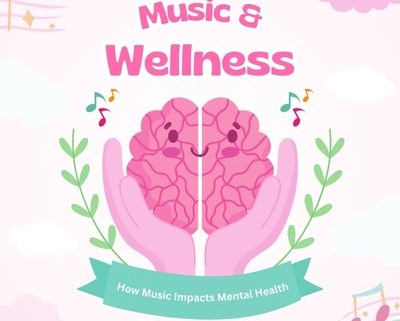Homeschooling a child with disabilities presents unique challenges, but with the right resources and strategies, it can also offer unparalleled rewards. Tailoring education to fit the individual requirements of a child can lead to significant strides in both academic achievements and personal growth. For parents and educators ready to embark on this journey, here are essential resources and strategies to ensure a fulfilling and effective homeschooling experience for children with disabilities.
Understanding Individual Needs
The cornerstone of homeschooling a child with disabilities is a deep understanding of their needs. This could range from learning disabilities, developmental disorders, to physical disabilities. Start by consulting with professionals who can help identify your child’s strengths and areas that require support. This assessment forms the basis of your tailored educational plan.
Creating a Supportive Learning Environment
A supportive learning environment is vital. This means not only a physical space that accommodates the child’s needs (e.g., sensory-friendly lighting, accessible workstations) but also an emotional atmosphere that fosters confidence and resilience. Flexibility in scheduling and teaching methods is crucial; what works one day may not work the next, and being adaptable is key.
Leveraging Tailored Educational Resources
Numerous resources are available specifically designed for children with disabilities. These include curriculum packages, educational apps, and online platforms that offer customizable learning experiences. For instance, websites such as Time4Learning and Khan Academy provide interactive lessons that can be adjusted for pace and complexity. Additionally, tactile learning materials, audiobooks, and visual aids can be invaluable, depending on the child’s needs.
Incorporating Therapeutic Activities
Education for children with disabilities often extends beyond academics. Incorporating therapeutic activities into the homeschooling routine can significantly enhance the learning experience. Activities such as music therapy, occupational therapy exercises, or speech therapy games can be seamlessly integrated into daily lessons, providing a holistic approach to education.
Building a Community
Homeschooling offers more and different opportunities for socialization than traditional schools do. For children with disabilities, building a community can be even more crucial than for students without disabilities. Participate in homeschooling groups, disability education forums, and local community activities designed for children with disabilities. Such networks not only offer social opportunities but also provide a platform for sharing resources and support among parents and educators.
Empowering Through Technology
Technology can be a powerful ally in homeschooling children with disabilities. Assistive technologies—from speech-to-text software and audiobooks to interactive learning tools—can make learning more accessible and engaging. Many apps and software are designed with disabilities in mind, offering customizable interfaces and learning experiences.
Professional Support and Collaboration
While homeschooling offers a personalized education, it’s important to collaborate with professionals. Regular consultations with educational therapists, psychologists, special education teachers, and homeschool professionals can provide guidance and reassurance. These experts can offer specialized strategies, monitor progress, and suggest adjustments to the educational plan.
Homeschool professionals like the staff and educators at Hodis Learning & Music can make a huge impact on a student’s learning and development. Our team has years of experience providing homeschool education to students with disabilities. We can take stress and work off of your plate with our homeschool program that identifies students’ strengths and weaknesses, creates a customized curriculum, delivers expert instruction, and uses individualized assessments to track student achievement.
Takeaway
Homeschooling a child with disabilities is a journey marked by challenges, learning, and immense rewards. By understanding the child’s unique needs, leveraging tailored resources, and building a supportive community, parents can provide a nurturing and effective educational experience. Remember, the goal is not just academic success but fostering an environment where the child can thrive, build confidence, and achieve their fullest potential. With patience, creativity, and the right strategies, homeschooling can be a deeply enriching experience for children with special needs and their families.
Enroll in Hodis Learning & Music’s Expert Homeschool Education Program
Hodis Learning & Music provides expert, fully customized K-12 homeschool education that fits student’s individual needs. Our expert homeschool educators have experience working with students of all ages and backgrounds. Learn more about our services by calling or emailing us today!






